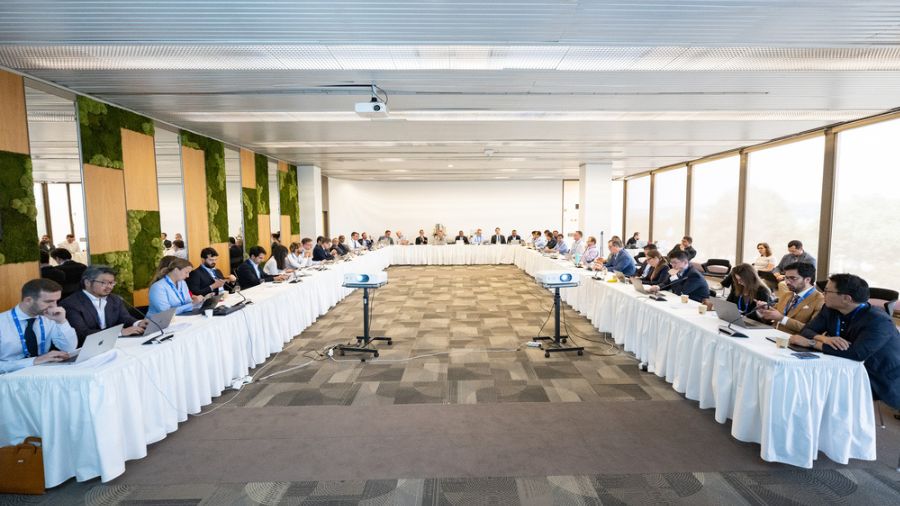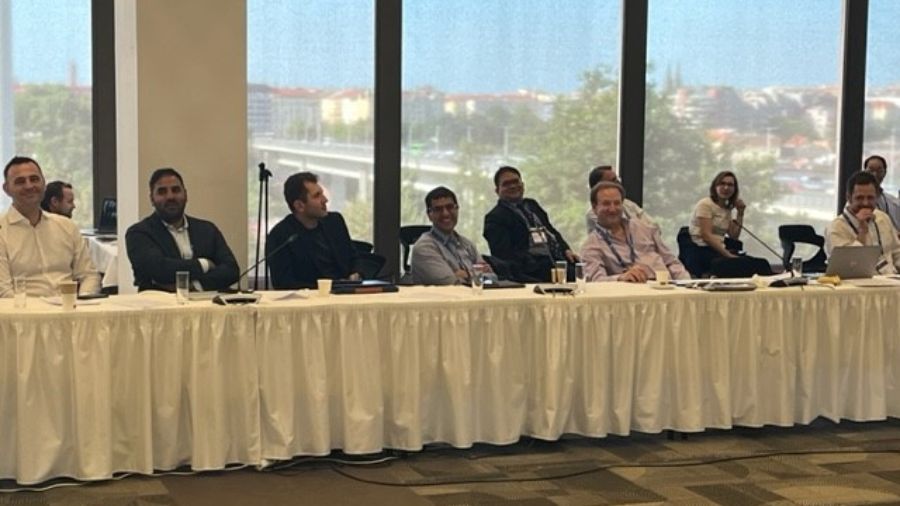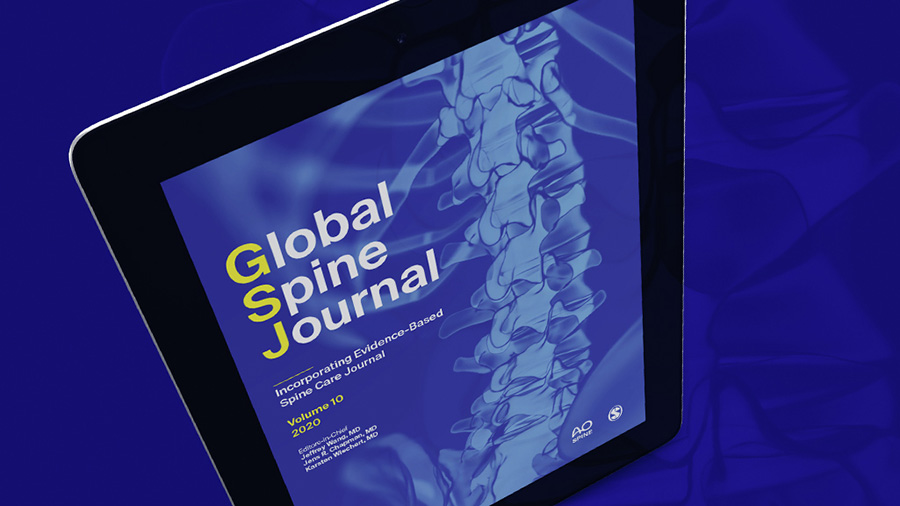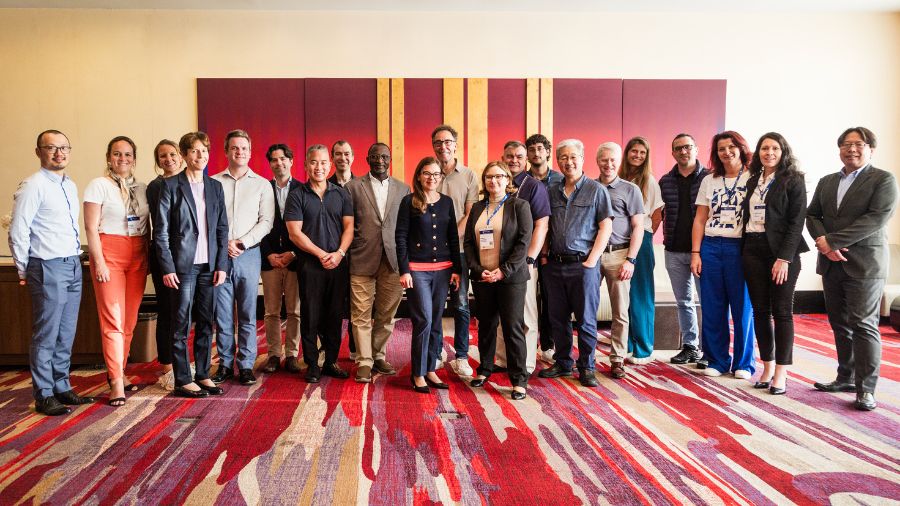Precision medicine in spinal oncology: an overview from the AO Spine Knowledge Forum Tumor

A new GSJ Focus Issue with a focus on personalization in spinal oncology has been published. The Focus Issue from the AO Spine Knowledge Forum Tumor is exploring in detail the current state of Precision Medicine in Spinal Oncology. The issue, published in the Global Spine Journal (GSJ), examines what impact the growing personalization of diagnostics and treatment has in terms of clinical decision-making in the care of patients with metastatic and primary spinal tumors.
GSJ Special Issue: Precision Medicine in Spinal Oncology
"It is no longer enough to know the tumor type," says Guest Editor Arjun Sahgal from the Sunnybrook Health Sciences Center of the University of Toronto, Canada, by way of summarizing the publication’s central argument. “Understanding both tumor- and patient-specific factors at the level of gene expression is key to defining a customized treatment plan for every individual.”
"In this issue, we focus on what the modern spine surgeon needs to know in the era of personalized medicine," adds Guest Editor Laurence Rhines from the University of Texas MD Anderson Cancer Center in Houston, TX, USA. "New tools have been developed in recent years—including the Spinal Instability Neoplastic Score (SINS), the Bilsky grade, and the Spine Oncology Study Group Outcomes Questionnaire (SOSGOQ)—that have enabled us to make recommendations for the appropriate use of advanced surgical techniques and now we have to take it a step further."
Improving care and treatment outcomes
Among the articles contained in the new special issue are discussions of how profiling tools such as molecular prognostication and liquid biopsies could enhance the management of cancer patients, whose survival rates have significantly improved in recent years. Apart from the molecular profiling of tumors, which can potentially help tailor therapies for the most common cancers that metastasize to the spine, liquid biopsies are also emerging as an innovative tool to assist in customizing the cancer journey for this population.
The publication also examines how surgeons can better determine which treatments are best suited for spine cancer patients with accompanying conditions. Frailty, malnutrition, and sarcopenia are frequent secondary diagnoses in oncology patients, and can substantially influence the decision for or against a certain type of management. However, many of the tools and assessment methods currently available to determine the relationship between these conditions and eventual outcomes are insufficient.
One of the contributions in this special issue provides pragmatic recommendations to apply existing frailty and sarcopenia measures in spinal oncology populations to maximize effectiveness, while another reviews the measures that can be employed to determine the influence of malnutrition.
Classifying pain
Spinal tumors can cause a variety of pain presentations. To help surgeons make more precise decisions, and to enable them to provide the most appropriate and effective care, it is vital to better understand the different etiologies of pain in metastatic disease. The GSJ special issue contains a review and a synthesis of common pain patterns with the aim of enabling clinicians to classify pain patterns and to offer the most appropriate treatment options.
Another article specifically looks at patients with intermediate SINS and at the question of whether spinal surgery can improve pain and quality of life and stabilize neurological outcomes for patients with spinal metastases.
Technological evolution
This special issue also focusses on new developments in the field of surgical, medical, and radiation technology and their efficacy. Apart from an analysis of how stereotactic body radiation therapy (SBRT) and particle therapy could benefit patients with primary and metastatic tumors, it also contains a summary of the state of developments regarding targeted biological therapies in the management of primary low-grade spinal malignancies.
A third article reviews how spinal implants made of carbon fiber-reinforced PEEK (CFRP) measure up against ones made of titanium and analyzes what research is needed to establish which patients could benefit most from CFRP.
Surgical site infection, dehiscence and other post-operative wound complications are a significant source of morbidity. The special issue contains a systematic review of the available literature, clinical considerations to optimize wound management, and proposes a rudimentary algorithm to both prevent and manage wound complications.
About AO Spine Knowledge Forum Tumor
As an international consortium of dedicated spine oncology surgeons and oncologists, the AO Spine Knowledge Forum (KF) Tumor is devoted to improving and advancing the care of patients with spinal tumors and to leading the way in terms of spine oncology research. The KF Tumor is working to implement physician-driven landmark clinical studies. It strives to advance patient care through peer-reviewed publications, focusing on metastatic as well as rare primary spine tumors.
The focus issue of the GSJ features the following contributions:
- Precision Medicine in Spinal Oncology: An Overview from the AO Spine Knowledge Forum Tumor
- Overview of molecular prognostication for common cancer histologies – what the spine surgeon should know
- Liquid biopsy in primary bone tumors of the spine
- Malnutrition in spinal oncology: where are we?
- A critical appraisal of the application of frailty and sarcopenia in the spinal oncology population
- Defining spine cancer pain syndromes
- The etiology of neurological deficits in metastatic spinal disease
- Emerging radiation technologies in spine tumors: now and future
- Latest developments in targeted biological therapies in the management of primary low-grade malignancies
- Intermediate Spinal Instability Neoplastic Score: to operate or not to operate?
- Prevention and management of wound complications following oncologic spine surgery: systematic review and proposed clinical algorithm
- Role of carbon fiber implants in spine tumor surgery
You might also be interested in:
Global Spine Journal
AO Spine’s official scientific journal is the first fully open access journal in the field of spine surgery with an impact factor.
Making your patients and practice flourish
The AO Spine Knowledge Forum Reviews in the GSJ help busy clinicians and streamline the journey of research into clinical practice.
Video lectures by KF Tumor
A series of recorded lectures from the world’s leading experts in the treatment and research of spine tumors.
AO Spine Guest Blog
Read or submit your own guest blog post on spinal tumors or any interesting aspects in spine care and spine surgeons' lives.










